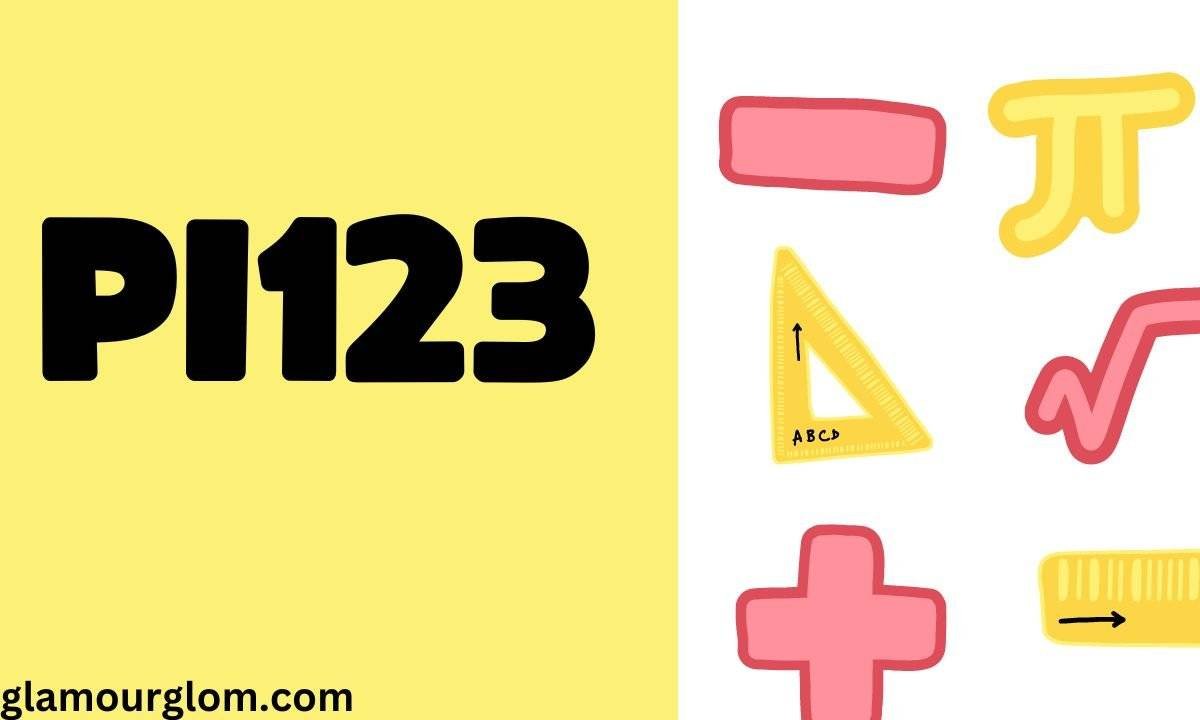This might seem like a mountain at first glance, but the RBI Grade B Syllabus Phase 1 (Prelims) and Phase 2 (Mains) cover a wide range of topics. But here’s the good news: not all sections are created equal. Some are high-scoring goldmines if you know where to dig!
Think of it like this: Would you rather spend hours memorizing obscure facts or focus on sections that give you maximum marks with less effort? Exactly.
The RBI Grade B exam is one of India’s most competitive banking exams, attracting thousands of aspirants every year. But here’s a secret—many candidates lose marks not because they don’t study enough, but because they don’t study smartly.
So, let’s cut through the noise and focus on the 7 high-scoring sections that can seriously boost your rank.
- Quantitative Aptitude (Phase 1) – Where Math Lovers Shine
If numbers don’t scare you, this section can be your biggest score booster in Phase 1.
Why?
- Unlike GA (which keeps changing), math is predictable.
- With practice, you can solve questions in under a minute.
Key Topics:
- Data Interpretation (DI) – Tables, bar graphs, and pie charts (Pro tip: Start with the easiest set to save time).
- Number Series – Missing & wrong number patterns (Example: 2, 5, 10, 17, ? → Answer: 26, because it’s n² + 1).
- Simplification – BODMAS rules are your best friend.
- Arithmetic – Profit/Loss, Time & Work, Speed & Distance (Classic favorites in every bank exam).
Fun Fact: Many toppers solve DI first because it’s less time-consuming than word problems!
- Reasoning Ability (Phase 1) – The Puzzle Solver’s Playground
If you love brain teasers, this section is your game.
Why?
- Puzzles & seating arrangements alone can fetch 10-15 marks.
- Unlike math, you don’t need formulas—just logic and practice.
Key Topics:
- Puzzles – Linear, circular, floor-based (Example: “Five people sit in a row; A is not next to B…”).
- Syllogism – “All cats are dogs, some dogs are birds…” (Venn diagrams make this easy).
- Coding-Decoding – Alphabet shifts (Example: If CAT = 3120, how is DOG coded?).
- Blood Relations – “Q is the father of R, who is S’s brother…”
Pro Tip: If a puzzle seems too complex, skip and come back later. Don’t waste precious minutes!
- English Language (Phase 1 & 2) – Not Just Grammar!
Many aspirants fear English, but it’s actually scoring if tackled right.
Why?
- Reading Comprehension (RC) passages are often based on economics/banking, so they’re easier if you follow financial news.
- Grammar rules (like subject-verb agreement) are fixed—once learned, they’re marks in the bag.
Key Topics:
- RCs – Skim the questions first, then read the passage.
- Error Spotting – Common traps: misplaced modifiers, wrong tenses.
- Cloze Test – Fill in the blanks with context clues.
- Descriptive (Phase 2) – Essays on RBI policies, précis writing (Summary in 1/3rd words).
Funny Mistake: Writing “The RBI have announced…” instead of “The RBI has announced…” (RBI is singular!).
- General Awareness (Phase 1 & 2) – The Memory Game
GA is make-or-break—you either know it or you don’t.
Why?
- 40-50% of Phase 1 GA is from the last 6 months.
- Static GK (RBI functions, economic terms) is repeated every year.
Must-Know Topics:
- Current Affairs – RBI policies, new schemes (Example: What’s the repo rate right now?).
- Banking Terms – NPA, CRR, SLR (Not as boring as they sound).
- Economic Survey & Budget – Key highlights (Example: FY25 GDP growth projection?).
Pro Tip: Follow RBI’s official website and Economic Times—GA is basically free marks if you stay updated.
- Economic & Social Issues (Phase 2 – ESI) – Connect the Dots
This isn’t just theory—it’s real-world economics made exam-friendly.
Why?
- Many questions are current-affairs-based (Example: Impact of inflation on the poor).
- If you read newspapers, you already know half the syllabus.
Key Topics:
- Poverty & Unemployment – Causes, govt schemes (NREGA, Skill India).
- Education & Health – Literacy rates, NHM, Ayushman Bharat.
- Global Economics – IMF reports, WTO policies.
Example: If asked about “Inclusive Growth,” link it to Digital India, Jan Dhan Yojana, and UPI.
- Finance & Management (Phase 2 – FM) – Theory with Logic
Some find this boring, but it’s actually scoring if you understand, not just memorize.
Why?
- Direct questions (Example: Define ‘Liquidity Trap’).
- Management theories (Maslow’s Hierarchy, Herzberg) are fixed concepts.
Key Topics:
- Financial Markets – Stocks, bonds, mutual funds.
- RBI’s Role – Monetary policy, inflation control.
- Leadership Styles – Autocratic vs. Democratic (Hint: RBI Governor’s style?).
Pro Tip: Use real-life examples in answers (Example: “RBI’s repo rate hike controls inflation by…”).
- Descriptive Writing (Phase 2) – Where Words Win
Many neglect this, but a well-structured essay can set you apart.
Why?
- Précis writing is 20 marks—just compress the passage without losing meaning.
- Essays on banking topics show your awareness.
Tips to Ace It:
- Practice Timed Writing – 30 mins for an essay, 15 for précis.
- Use Subheadings – Makes your essay look organized.
- Avoid Jargon Overload – Write like you’re explaining to a friend.
Example Essay Topic: “UPI: A Game-Changer for India’s Digital Economy” (Drop stats like “10 billion UPI transactions/month”).
Final Tricks to Maximize Your Score
- 80/20 Rule – Focus on 20% of topics that give 80% marks (Like DI, Puzzles, Current Affairs).
- Avoid Over-Studying Static GK – No one asks who invented the steam engine!
- Mock Tests = Real Success – Simulate exam pressure to improve speed.
- Revise Smartly – Weekly GA revisions > last-minute cramming.
Bottom Line
The RBI Grade B syllabus is vast, but these 7 sections are your shortcut to success. Play to your strengths, work on weak areas, and keep it simple—no need to overcomplicate things.
Now, go grab that RBI Grade B rank, you’ve got this!



